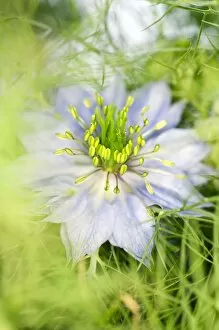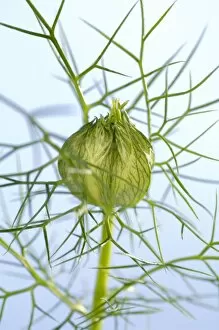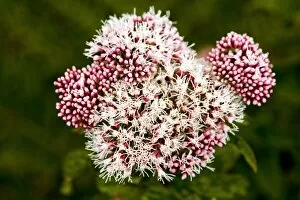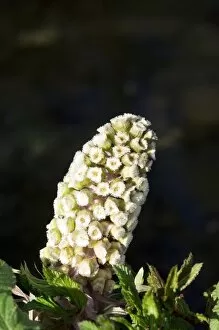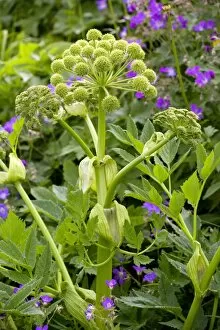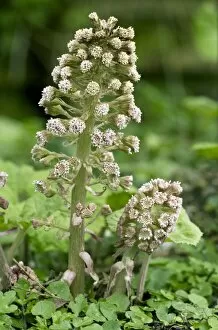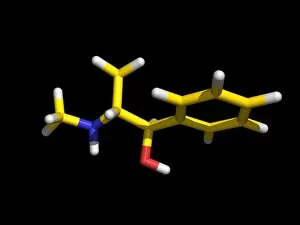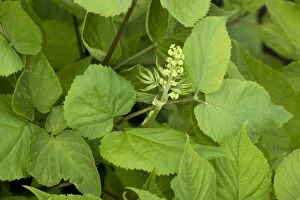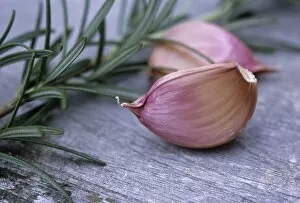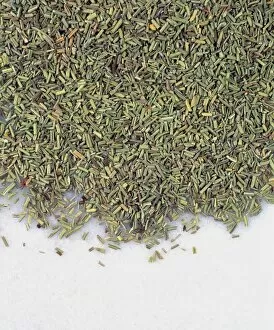Stimulant Collection (#4)
"Exploring the World of Stimulants: From Fly Agaric Mushrooms to Coffee Beans" Stimulants
For sale as Licensed Images
Choose your image, Select your licence and Download the media
"Exploring the World of Stimulants: From Fly Agaric Mushrooms to Coffee Beans" Stimulants, a fascinating class of substances that invigorate our senses and awaken our minds. Let's embark on a journey through their diverse forms and effects. Fly agaric mushrooms, with their vibrant red caps adorned by white spots, have been used for centuries in shamanic rituals due to their psychoactive properties. These magical fungi contain compounds like psilocybin that induce altered states of consciousness. On the other hand, caffeine crystals reveal an entirely different side of stimulation. Under the lens of a light micrograph, these tiny crystals resemble intricate structures that fuel our daily routines. Derived from sources such as coffee beans or tea plants, caffeine is known for its ability to enhance alertness and focus. Speaking of tea plants, they offer us another natural source of stimulation. A steaming cup of tea not only warms our hands but also provides a gentle boost thanks to its caffeine content. The molecular model of caffeine showcases its intricate structure responsible for stimulating our nervous system. Coffee beans hold an esteemed place in the world's most popular beverages - coffee. As we grind those aromatic beans and brew ourselves a cuppa joe, we unlock the power within them – caffeine molecules ready to energize us throughout the day. Energy drinks have become synonymous with quick pick-me-ups in today's fast-paced world. A closer look under a light microscope reveals their potent blend designed to provide an instant burst of vitality when needed most. Meanwhile, qat stems take us on an exotic journey where chewing these leaves induces mild euphoria and heightened alertness among communities in certain regions around the globe. In this vast realm lies psilocybin - a compound found in hallucinogenic mushrooms like magic truffles - offering profound experiences beyond conventional stimulants' boundaries while expanding consciousness itself.





